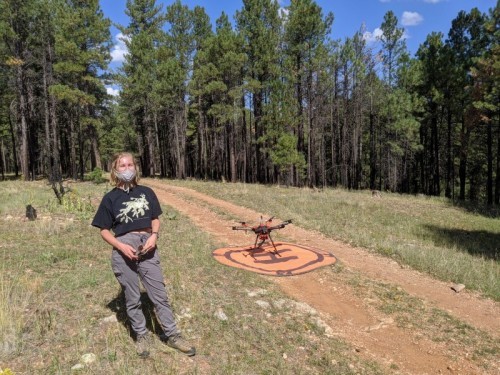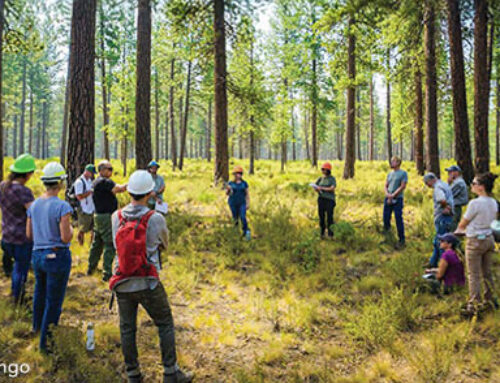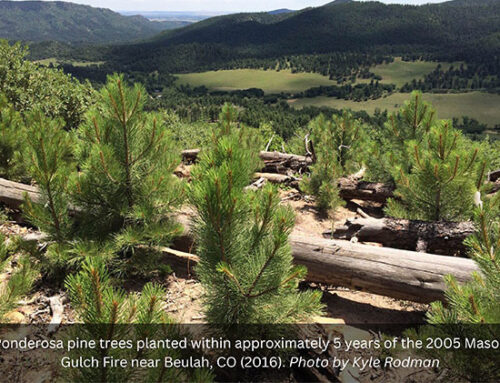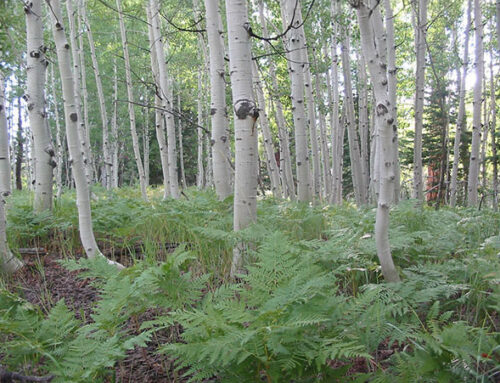Researchers at Northern Arizona University and the Ecological Restoration Institute are using drones, airplanes and state-of-the-art laser scanning technology to conduct forest assessments around C.C. Cragin Reservoir in northern Arizona.
The researchers are partnering with analysts and project managers at Salt River Project (SRP) to learn more about the forests around the reservoir to help inform future forest restoration projects that aim to improve forest health conditions, mitigate the potential for catastrophic fire in the area and protect one of the state’s critical watersheds.
The study uses airplanes, drones and on-the-ground handheld laser scanners, also known as LiDAR scanners, to map the forests by accurately measuring the forests’ complex structure using millions of 3D images produced by tiny lasers.
“This collaboration is an exciting opportunity to further our understanding of important watershed and wildlife habitat attributes and explore the use of innovative technologies, such as hand-held mobile laser scanners and unpiloted aircraft, to better understand existing forest conditions and guide future restoration efforts,” said project lead, Andrew Sánchez Meador, executive director of the Ecological Restoration Institute.
While drones and handheld devices can provide highly detailed information at fine scales (i.e., from an individual tree to all trees on hundreds of acres), scanners mounted on piloted aircraft can cover huge landscapes and all three platforms combined provide a more comprehensive evaluation. Evaluating the three different LiDAR collection methods will provide an in-depth understanding of trade-offs in selecting a single method, as well as which method is best suited for collecting data on forest floor conditions in northern Arizona’s forests.
“This project is a great example of the pioneering ways researchers are working together to solve Arizona’s wildfire and forest health problems,” Sánchez Meador said.
This article is adapted from an SRP press release. For the full release and to learn more about this project, click here.




